The history of museum work in Pazardzhik dates back to the second half of the 19th century, when a collection of antiquities, coins and church manuscripts was formed in the town at the initiative of Stefan Zahariev. Over the years, the museum has enriched its collection, and today, more than 100 years later, the Regional Historical Museum–Pazardzhik houses around 100,000 museum items including archaeological and ethnographic items, documents related to historical events and figures, as well as the traditions and customs of the local population.
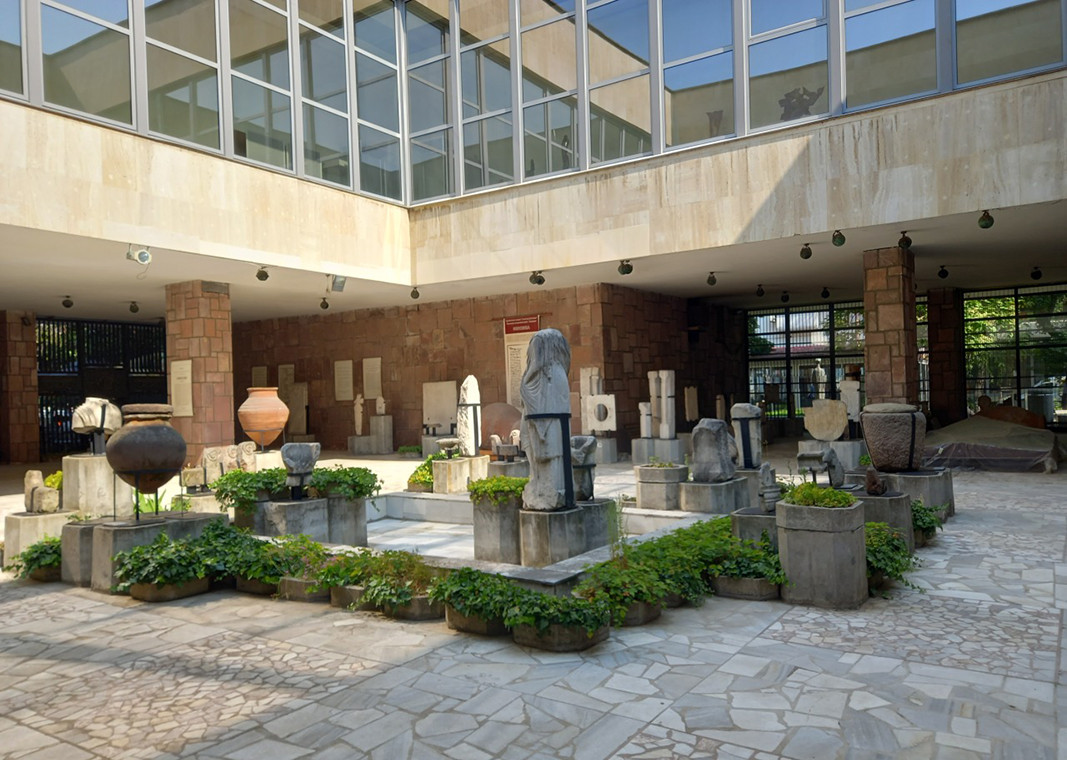
The Archaeology Hall in the museum’s main building, renovated in 2024, attracts the greatest interest — featuring a modern exhibition that meets the expectations of today’s visitors.
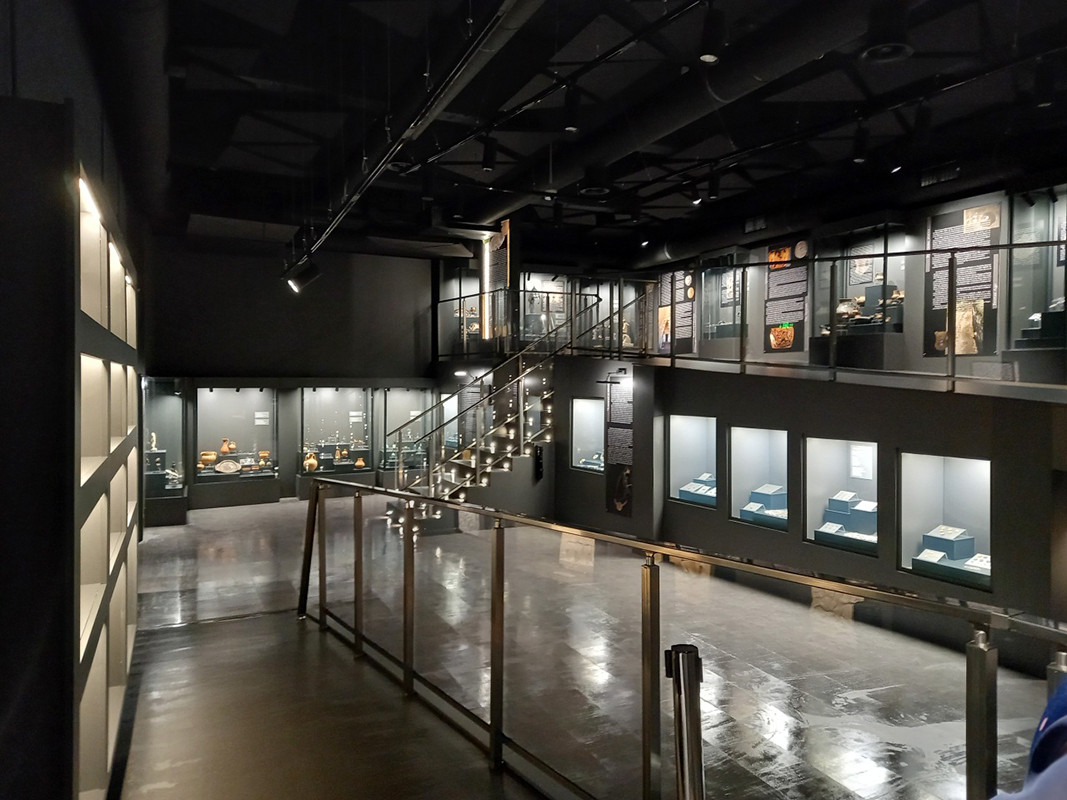
''The spotlight is on the longest-studied and most significant archaeological site in the Pazardzhik region — the settlement mound ''Yunatsite'', explains the museum’s deputy director Valentina Taneva. ''The Archaeology Hall displays various types of vessels and ritual objects, with the most interesting items in this section being the gold finds uncovered during the excavations of the mound'', Valentina Taneva said.
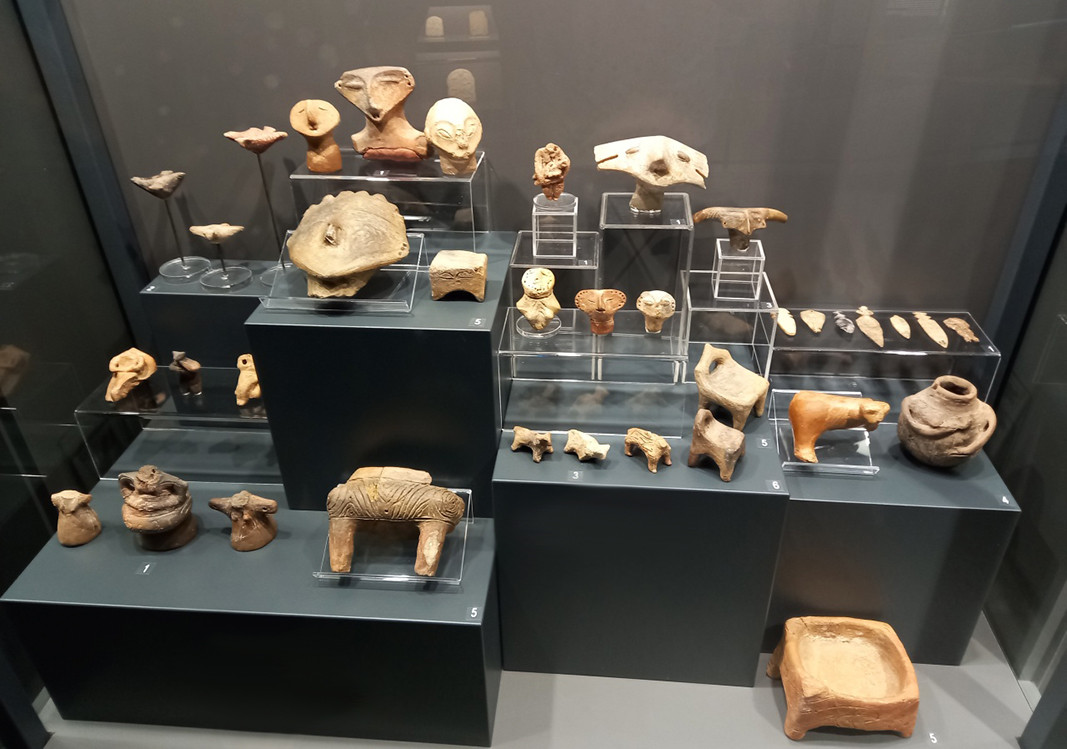
Among them is a gold bead from the middle of the 5th millennium BC, which, according to molecular analysis, is the oldest processed gold discovered in the world to date — about 150 years older than the gold finds from the Varna Necropolis.
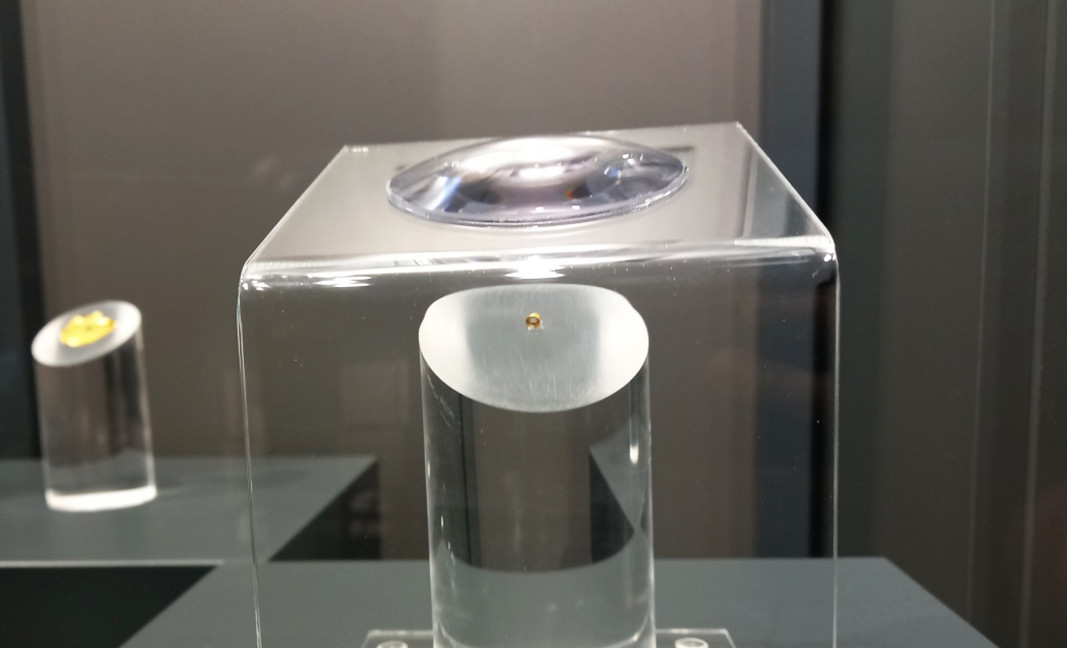
''It is extremely small, but it is quite valuable and serves as proof of goldworking during this period'', said Valentina Taneva in an interview for Radio Bulgaria. ''The exhibition includes a gold applique, a spiral, copper items such as awls, needles and an axe, which serve as evidence of the existence of a metallurgical center at the Yunatsite settlement mound and the early production of metal objects during this period.
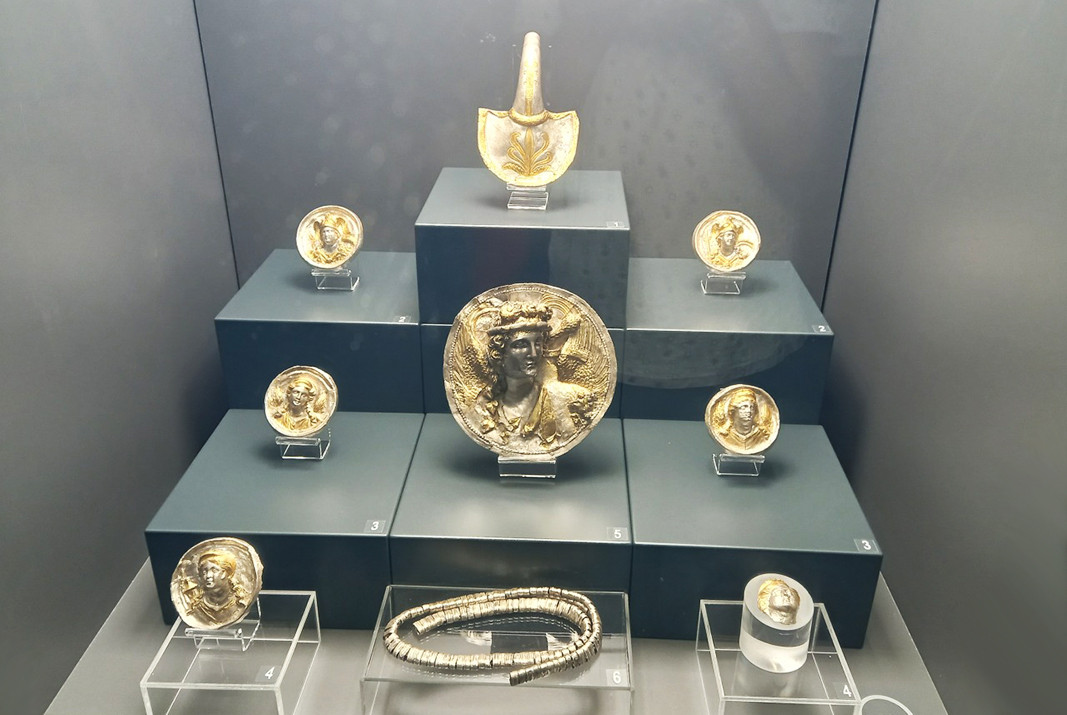
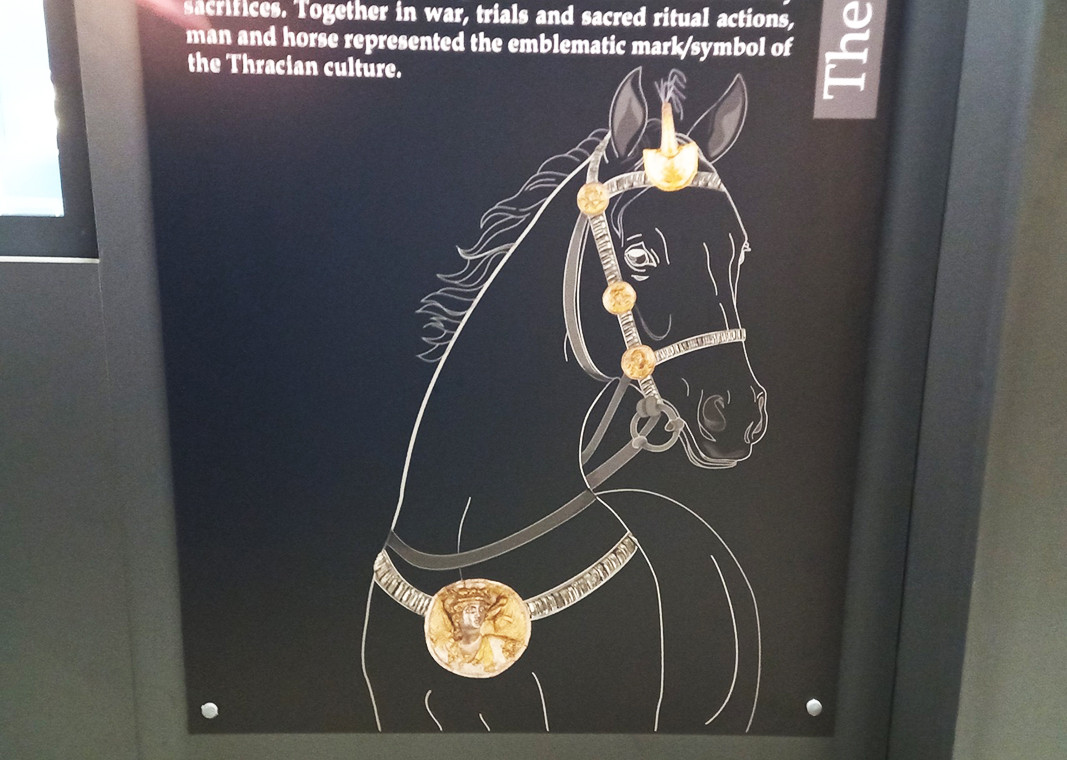
For the first time, we are also exhibiting the Ravnogor Treasure — decoration for horse harness, gold finds from two burials, gold appliques from Kalugerovo and many others'', Valentina Taneva went on to say.
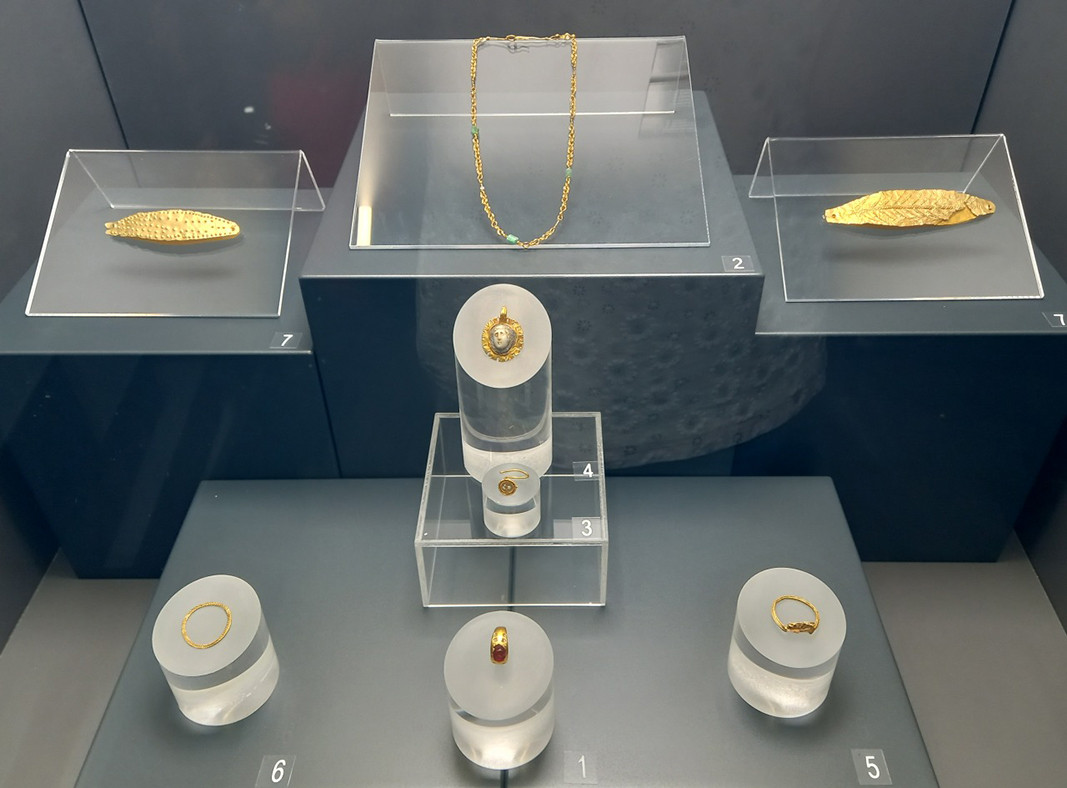
The museum in Pazardzhik also has a rich numismatic collection.
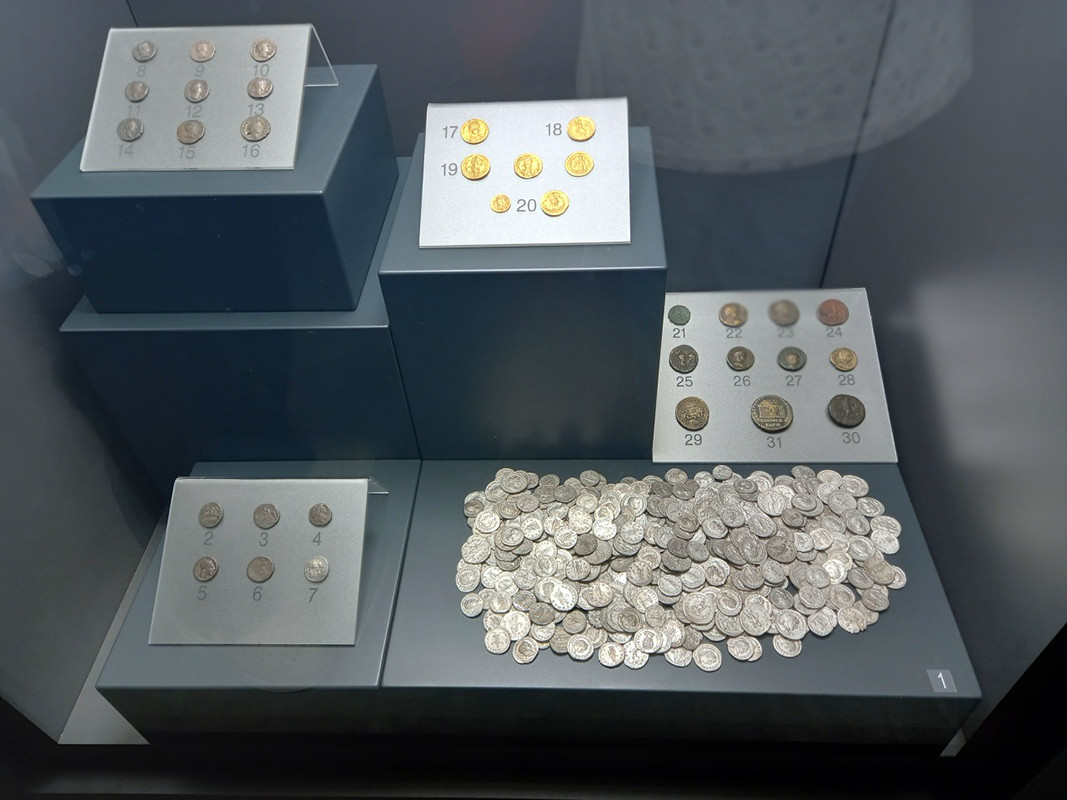
For the first time, original coins are on display, including one belonging to the ancient Thracian tribe Deroni (Derrones).
''The museum offers many interactive features. For instance, there is an interactive map showing the most important sites explored in the Pazardzhik region, providing details about the nature of the archaeological sites, the researchers who worked there, the dates of excavation and the discoveries made. There is also a video wall displaying other finds that are not presented in the exhibition.
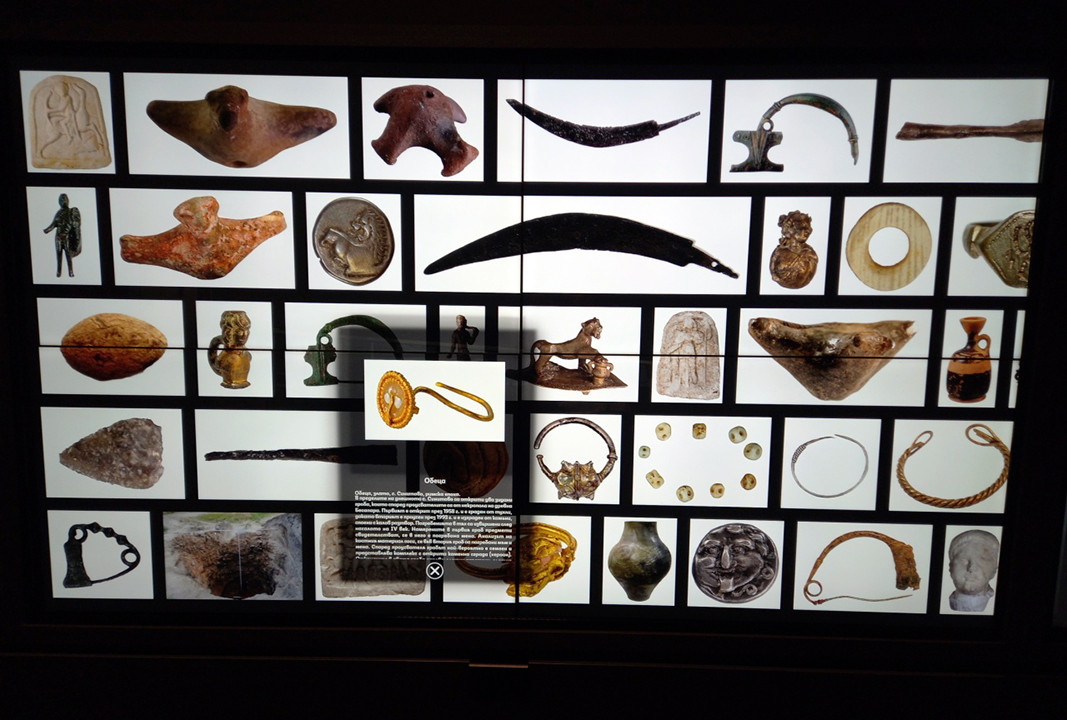
There is a projection area where films about the archaeological research are shown. And quite deservedly, due to its activities and the new exhibition, the Regional Historical Museum – Pazardzhik received the 2025 Museum of the Year Award of the Bulgarian Museums Association'', Valentina Taneva proudly said.
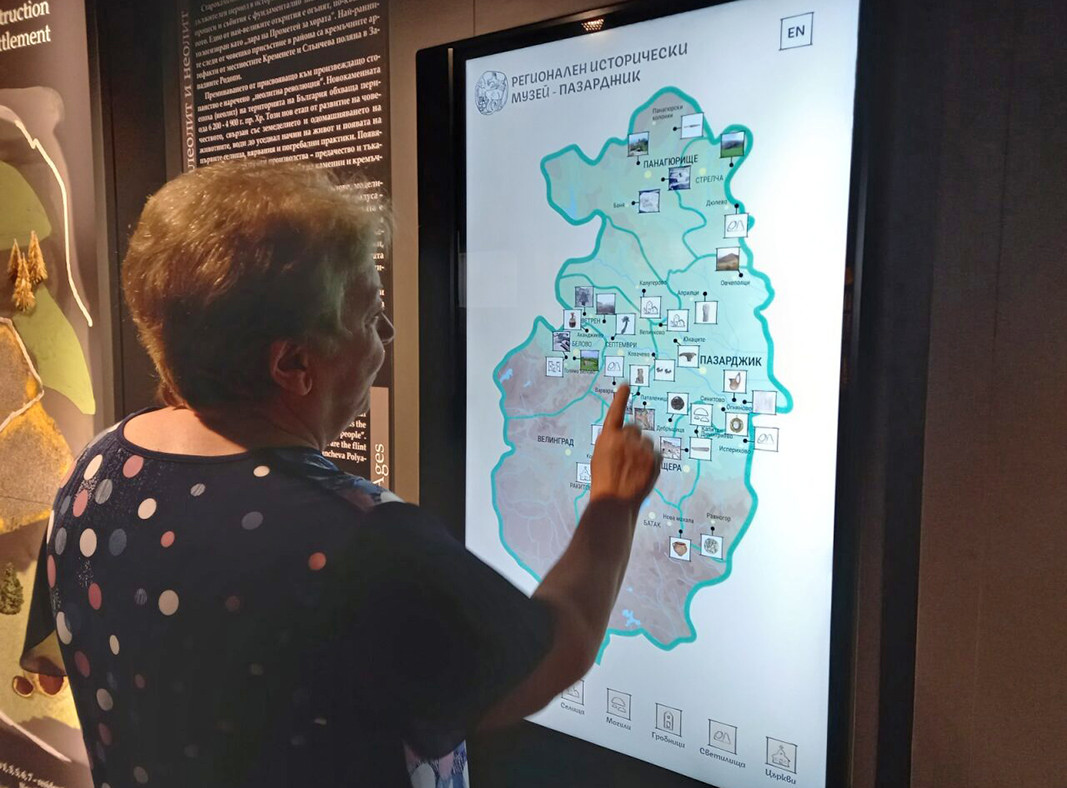
Using augmented reality, the archaeological exhibition will offer its visitors engaging experiences — a dance of nymphs and reconstructions of a prehistoric dwelling, a Thracian chariot and the medieval fortress Tsepina.
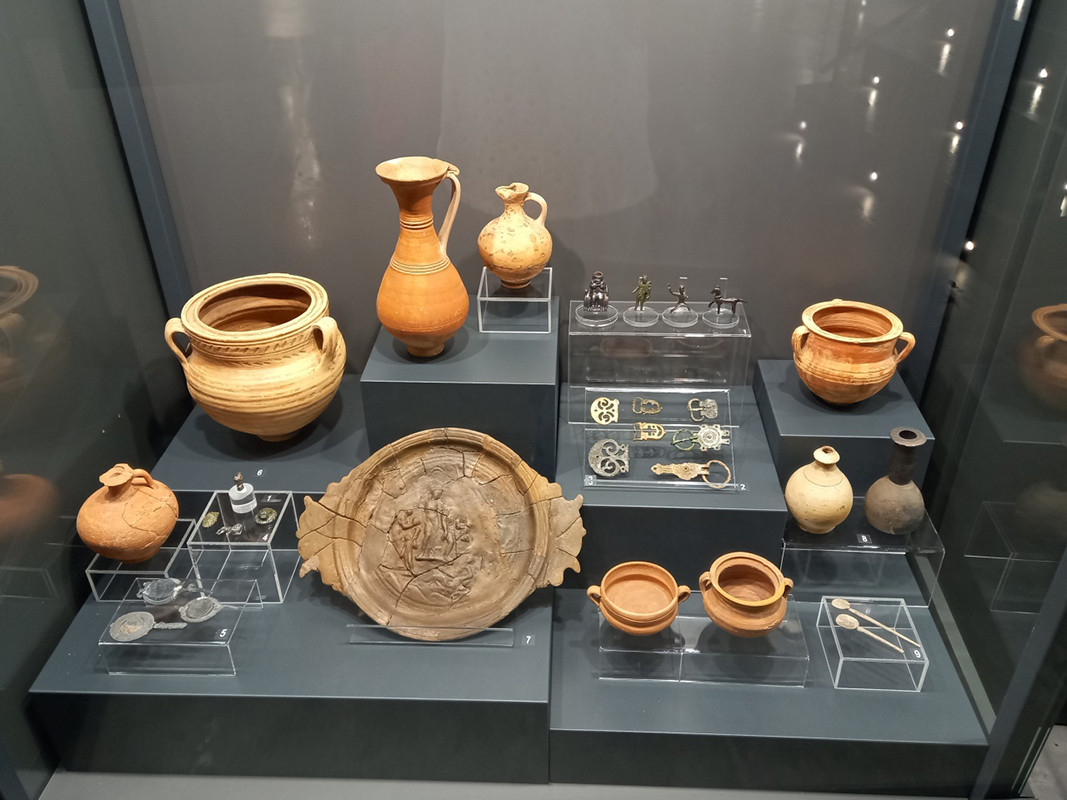
The activities of the Regional Historical Museum – Pazardzhik go far beyond this. Its focus also includes research on numerous fortresses, sanctuaries and ancient temples around the town. The Ethnographic Exhibition is also part of the museum.
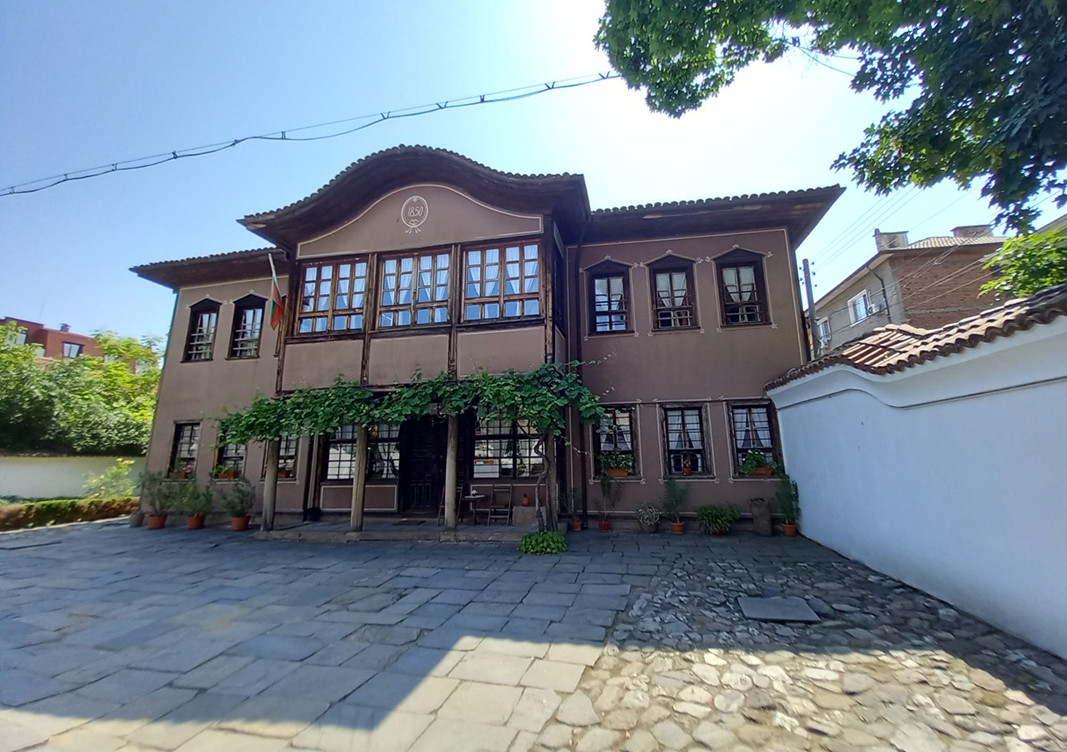
''The exhibition is exceptionally rich and has been collected over many years by the ethnographers working at the museum. It features objects related to the life and everyday activities of the local population, connected to crafts, trade, agriculture and religious rituals. The exhibition is arranged in the largest house from the Bulgarian National Revival period in Pazardzhik, built in 1850'', said Valentina Taneva.
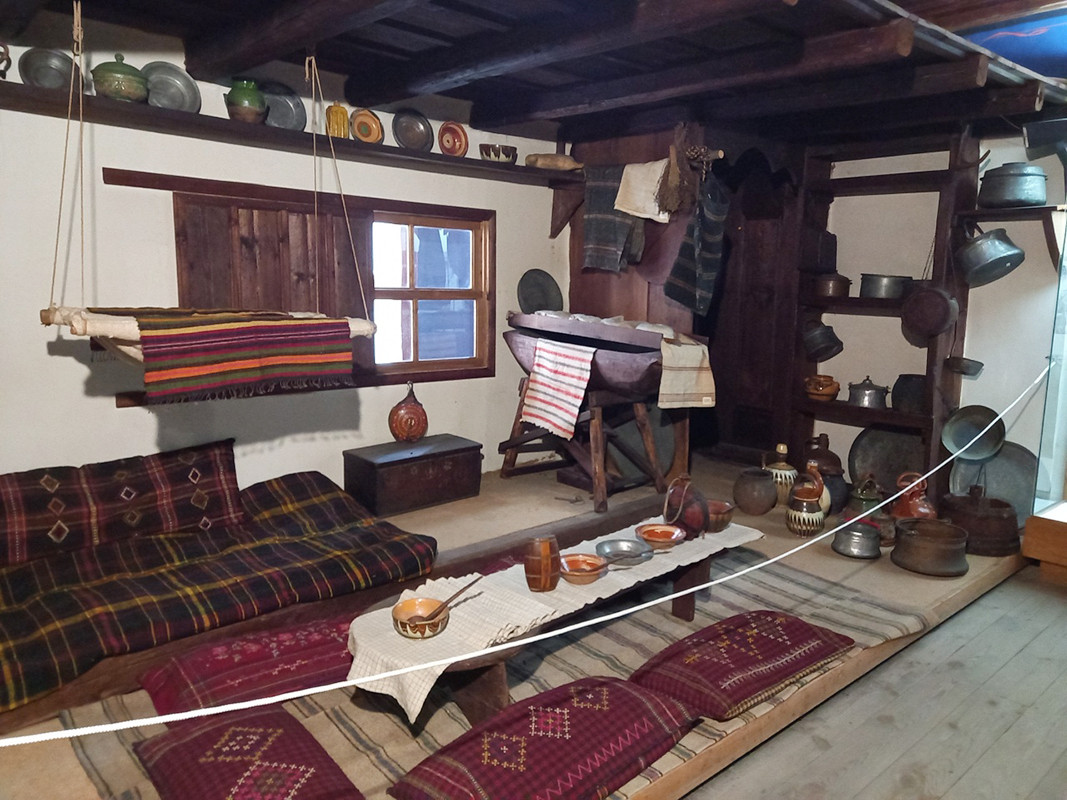
The 18 rooms of this two-story house showcase the architecture of residential and public buildings.
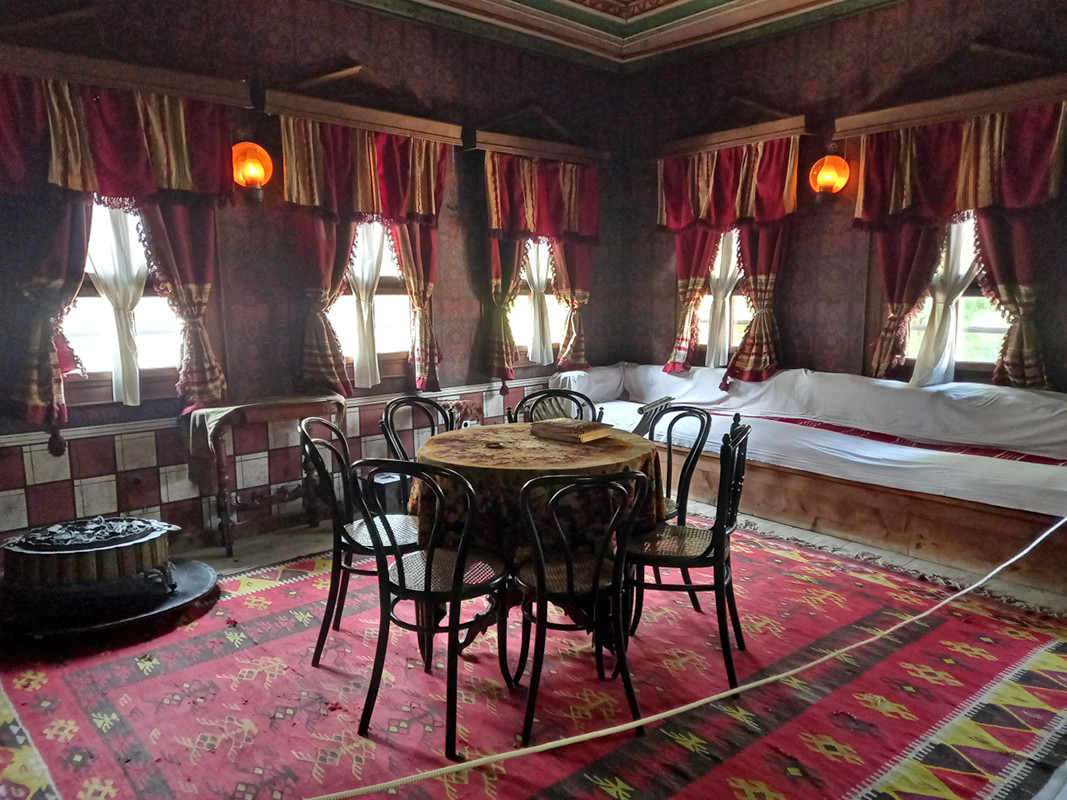
The valuable collections include items from urban life, clothing, craft tools, farming equipment, folk music instruments, garments and jewelry.
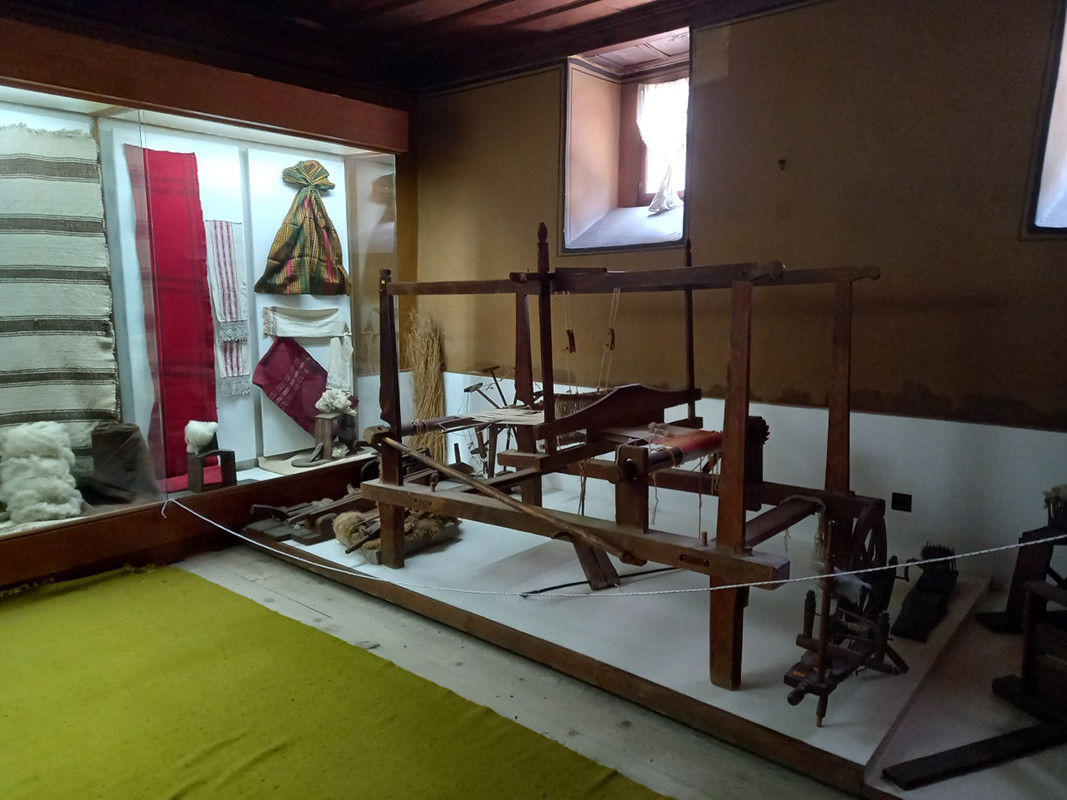
Another cultural monument under the care of the Regional Historical Museum-Pazardzhik is the birthplace of the prominent politician and statesman of post-liberation Bulgaria- writer, translator and artist Konstantin Velichkov.
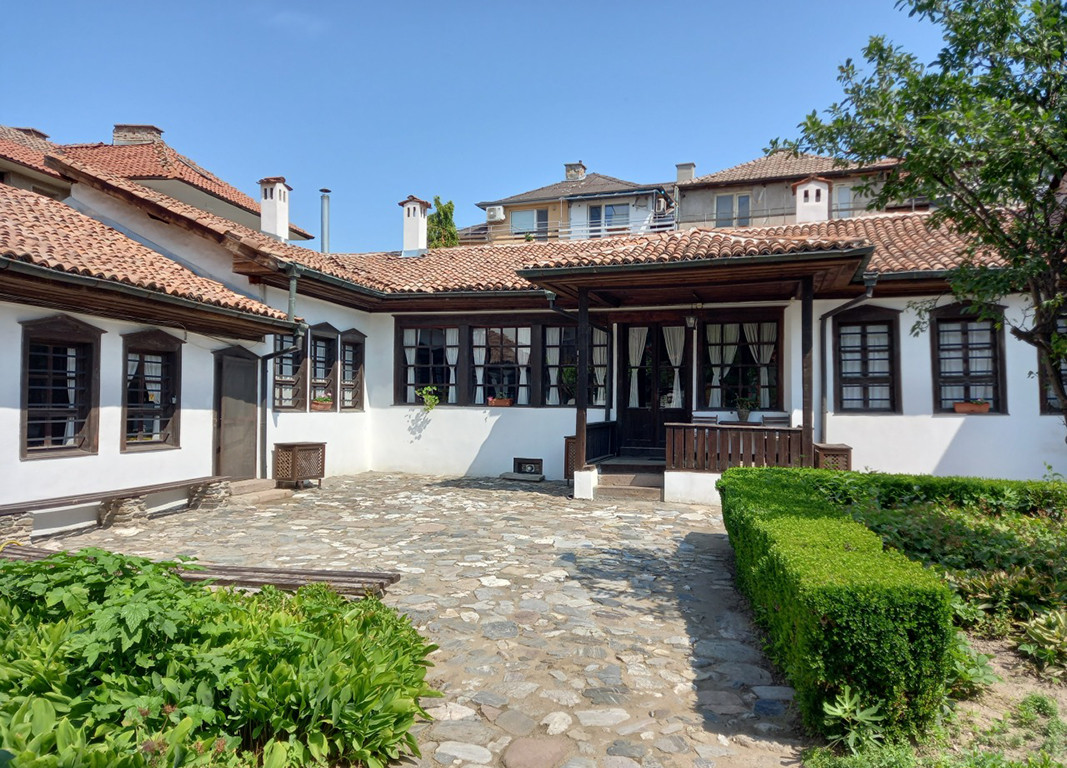
The house hosts an exhibition related to his life and work, as well as a reconstruction of a home interior from the national revival period.
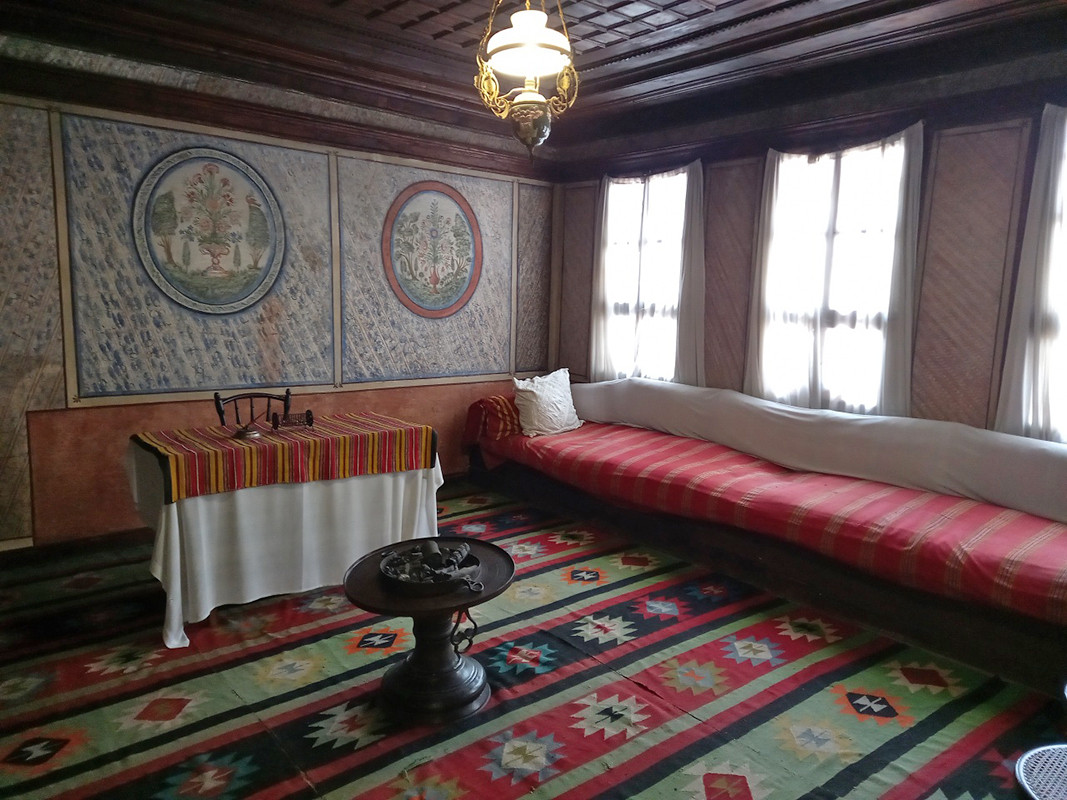
See also:
Published and translated by Kostadin AtanasovIn the heart of Northern Bulgaria lies the Devetashko Plateau (also Devetaki Plateau). Here, nature seems to have slowed down to reveal its raw beauty- deep canyons and chasms, waterfalls tumbling over limestone cliffs, and breathtaking..
Cape Shabla marks the easternmost point of Bulgaria – a quiet, windswept stretch of land jutting into the Black Sea. Here stands the oldest, and possibly the most beautiful, lighthouse on Bulgaria's coast. Painted in red and white stripes, it rises..
A month before officially opening its 23rd ski season, Bansko has been ranked among the 25 best winter destinations in the world. The 16-week online competition featured 211 resorts from five continents. More than 4.3 million people..

+359 2 9336 661
